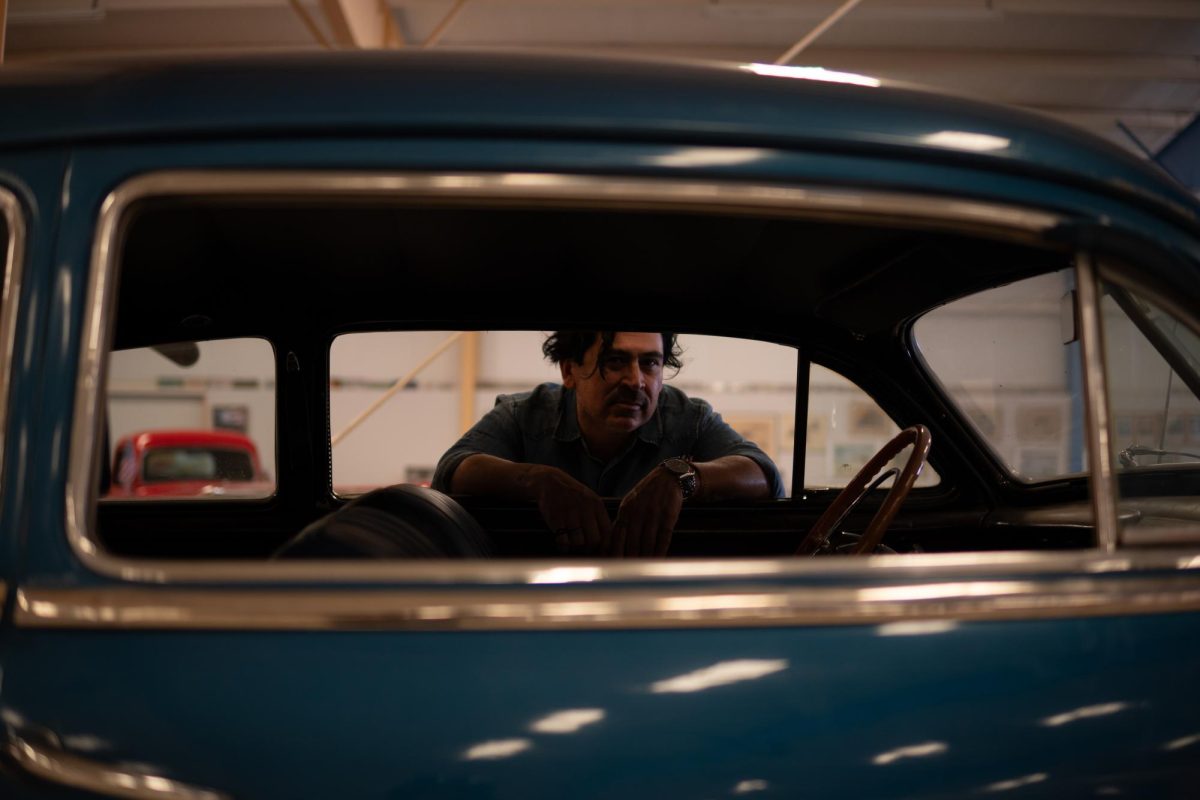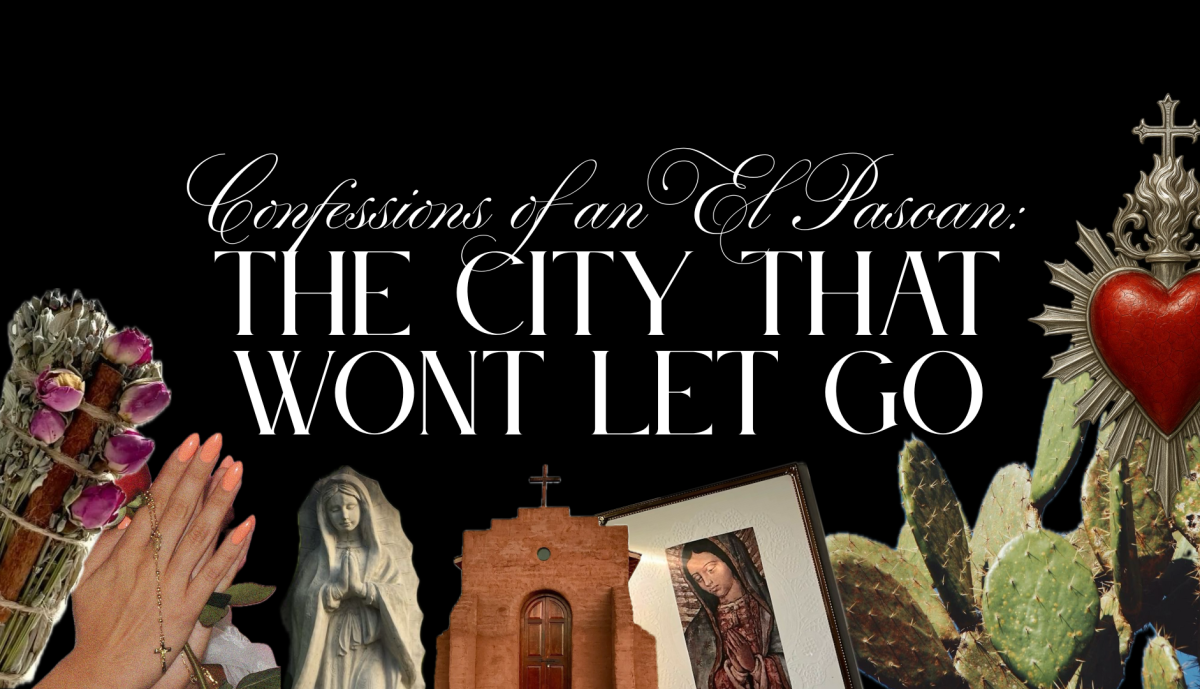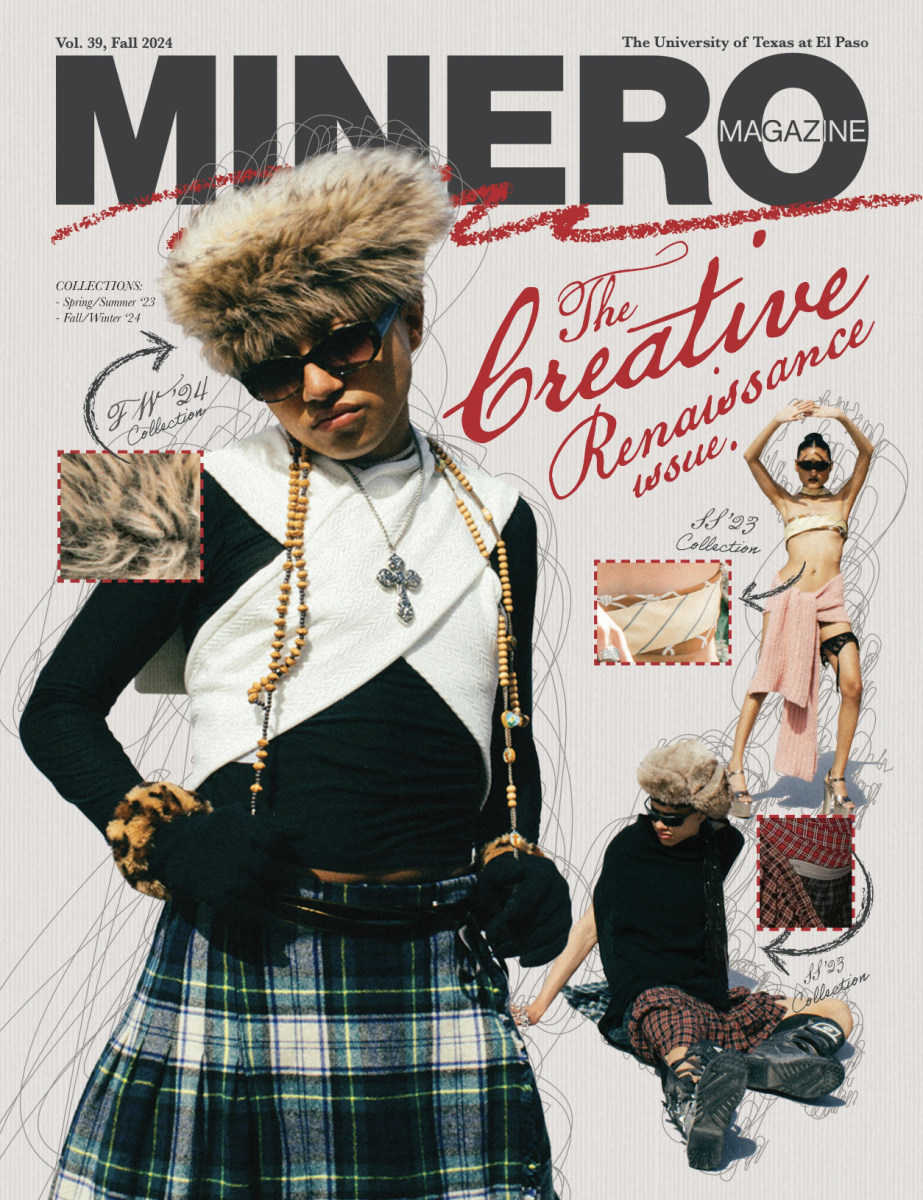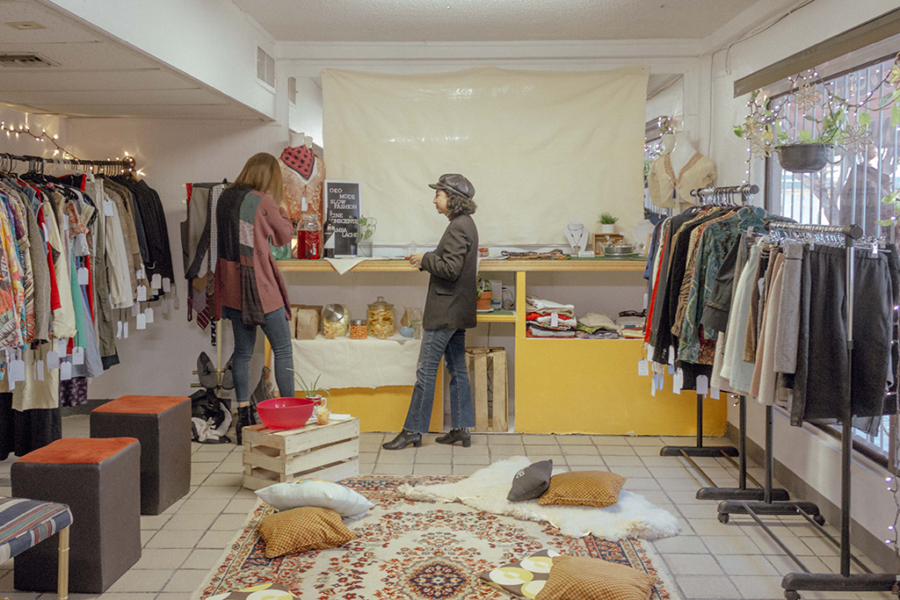Sustainability is increasingly becoming a high priority of the environmentally-conscious and sustainable fashion is just one way that participants in the practice feel they help out the planet.
Though the definition varies on who you ask, sustainable fashion, according to the United Nations Fashion Alliance, “encompasses social issues, such as improvements in working conditions and remuneration for workers, as well as environmental ones, including the reduction of the industry’s waste stream, and decreases in water pollution and contributions to greenhouse gas emissions” .
The UN Fashion group, established in 2019, features a new perspective on the impacts of fashion in the larger conversation about the ever-declining state of the environment.
The term commonly used to describe the fast production of cheap, trendy clothing is ‘fast fashion’, a practice, which according to a New York Times article published in 2012 about the clothing store Zara growing into one of the world’s largest retailers, which “essentially imitates the latest fashions and speed their cheaper versions into stores”.
According to Lily, a recent college grad and creator of Imperfect Idealist, a blog about “sustainable fashion literacy”, clothing companies that produce fast fashion have formed poor practices that have a “severe impact on the planet and its people”. Materials used, dyes, animal products incorporated in their products, water and textile waste, poorer quality, and excess packaging are just some of the few items she has listed on her site as reasons not to contribute to “the reasons to fight fast fashion”.
But, with the rapid change of trends, what’s in and what’s not, (according to TikTok that apparently means skinny jeans and infinity scarfs are totally out of the question) consumers are sifting through their closets, dumping what’s no longer in fashion and rapidly making more orders for online sales.
Though, some like Katarina Blanco, a 17-year-old senior at Franklin High School, have taken to thrifting as a way to limit their carbon footprint in the midst of an increasingly worsening climate environment.
Blanco said, she often finds herself digging through used T-shirts at local thrift stores in El Paso. Sustainable clothing has become a better option than purchasing from companies who mass produce clothing, and in turn, have their products remain on the planet even after their use, Blanco said.
“I don’t think (fast fashion companies) are good stores to buy from, but I know some people don’t have the option in terms of money,” Blanco said.
The fashion industry produces 10% of all carbon emissions and 25% of textiles end up in landfills each year, according to Princeton’s Student Climate Initiative (PSCI).
Thrifting businesses such as Thrft, 321 E. San Antonio Ave., offer a more sustainable option. While their vintage clothing and vintage aesthetic surely have the El Paso hipsters in awe, the business encourages El Pasoans to save the planet, one garment at a time.
“We try to be very conscious of our footprint and our impact on the environment,” said Mina and Mathew, owners of Thrft Store and Thrft Store on Wheels. “For our line, we take clothes that would most likely be thrown away and turn them into wearable, essential pieces.”
When you purchase any item from Thrft’s, Save the Earth collection, the proceeds go to an organization that helps plant one tree in a designated location, Mathew and Mina said.
Their recent environmental project encompasses planting trees in California to help replenish what was lost during recent forest fires.
Lexi Bautista, 23, a psychology major at the University of Texas at El Paso and part-time employee at Thrft, said she loves her job, especially because of their mission to provide more sustainability with their business.
“We don’t get our clothes from Goodwill, Savers, or anywhere like that,” Bautista said.
Some online thrifting companies, like Depop, have received backlash because of the reselling of clothing that has been taken from thrifting stores meant to be a more affordable option for the community, Terry Nguyen of Vox said.
Although thrifting can be a better alternative than buying fast fashion, consumers must be wary of over-consumption, which can still happen even when buying recycled clothing.
Valeria Herrera, 20, recently started up her own online thrifting business, Imperfect Thrifts (@imperfect.thrifts on Instagram) where she promotes living a sustainable life, even though it may look imperfect at times, Herrera said.
Herrera suggests that when it comes to building a more sustainable closet, the clothing you already have is a great starting point because leaving fast fashion does not mean you have to leave your whole closet behind.
“I notice that I spend less money, and in return, I get unique pieces of clothing that 9/10 you won’t see again,” Herrera said.
The idea behind Herrera’s online shop is to give people an option to buy second-hand items and in turn, support a greener world.
“Sustainability isn’t perfect, but it feels good when you know you are helping the environment as much as you can,” Herrera said.
Living a sustainable life, Herrera said, is imperfect and can be an overwhelming task, but with small steps, your efforts could help lead you to live a greener life, starting with the companies you choose to give your business to and how much clothing you consume.
By Ariel Castillo
Photography by Hugo Hinojosa
En breve
En años recientes, un fenómeno creciente ha cambiado la trayectoria de la moda, invitando a los consumidores a reflexionar a fondo no solo sobre las marcas que consumen, sino la cantidad de ropa que utilizan.
El termino moda sustentable hace referencia a ropa que fue ‘diseñada, distribuida y manufacturada de manera respetuosa hacia el medio ambiente’ dijo Faye Lesser del podcast Green Dreamer.
Fast fashion (moda rápida)
Un término común que está surgiendo para describir la producción rápida de ropa barata y a la moda es ‘fast fashion’ (moda rápida).
Compañías que producen fast fashion tales como Shein, H&M y Forever 21, a pesar de vender sus productos a precios bajos y accesibles, tienen un impacto perjudicial en el medio ambiente debido a sus altas cantidades de ropa producidas durante el año.
Con el cambio constante de tendencias, lo que está de moda y lo que no, los consumidores examinan seguido sus guardarropas, desechando lo que ya no está de moda y haciendo ordenes en línea de lo que sí está.
La industria de la moda produce el 10% de las emisiones de carbono y el 25% de los textiles terminan en vertedores cada año, de acuerdo con la Iniciativa Climática Estudiantil de Princeton (PSCI).
A pesar de que las compras de segunda-mano son una mejor alternativa a comprar fast fashion, los consumidores deben estar al tanto del sobre consumo, el cual puede seguir pasando a pesar de comprar ropa reciclada.
‘Vivir de manera sustentable,’ dice propietario local de negocio ahorrador en línea Valeria Herrera, 20, ‘es imperfecto y puede llegar a ser una tarea abrumadora, pero con pequeños pasos, tus esfuerzos pueden llevarte a vivir una vida mas verde, empezando con las compañías a las cuales decides consumir y en que cantidad.”
By Maria L. Guerrero Duran


































